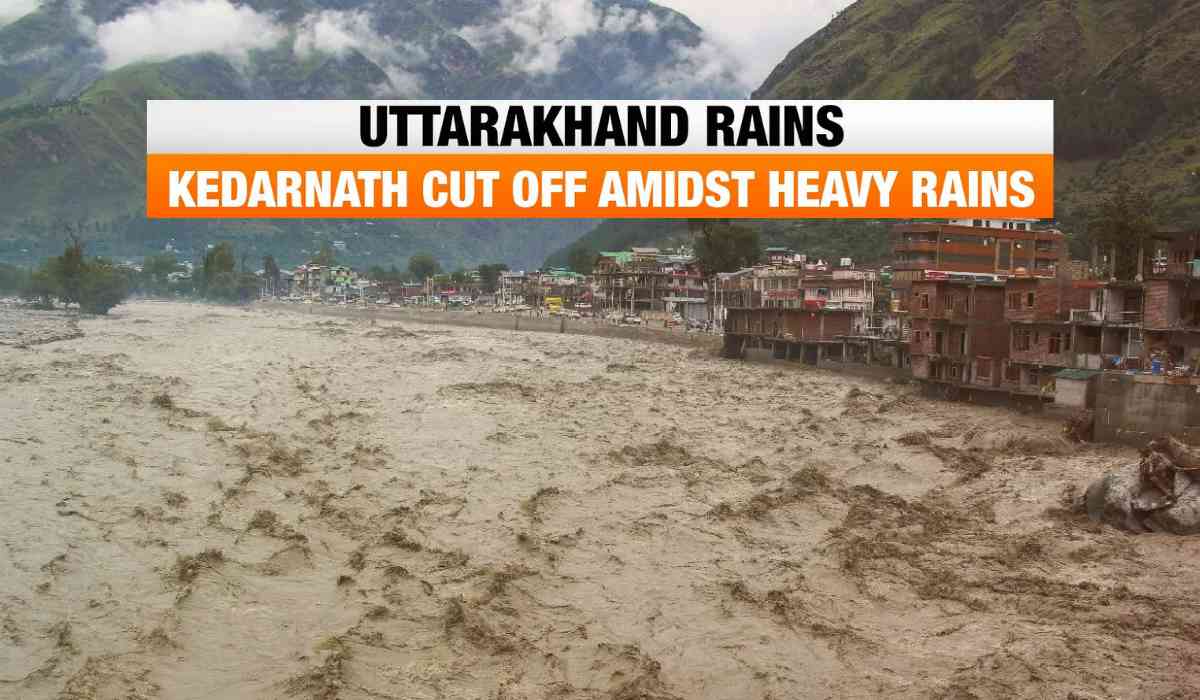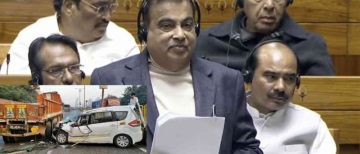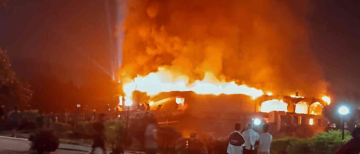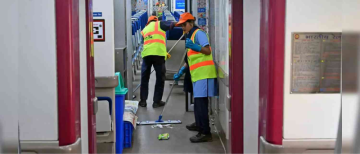On July 31, 2024, the serene town of Kedarnath in Uttarakhand faced a disaster reminiscent of the devastating 2013 floods. Heavy rainfall caused significant landslides, rockfalls, and other hazards in the Kedar Valley around 7:30 PM, coinciding with the Char Dham Yatra. The exact number of missing pilgrims remains uncertain as rescue operations are ongoing.
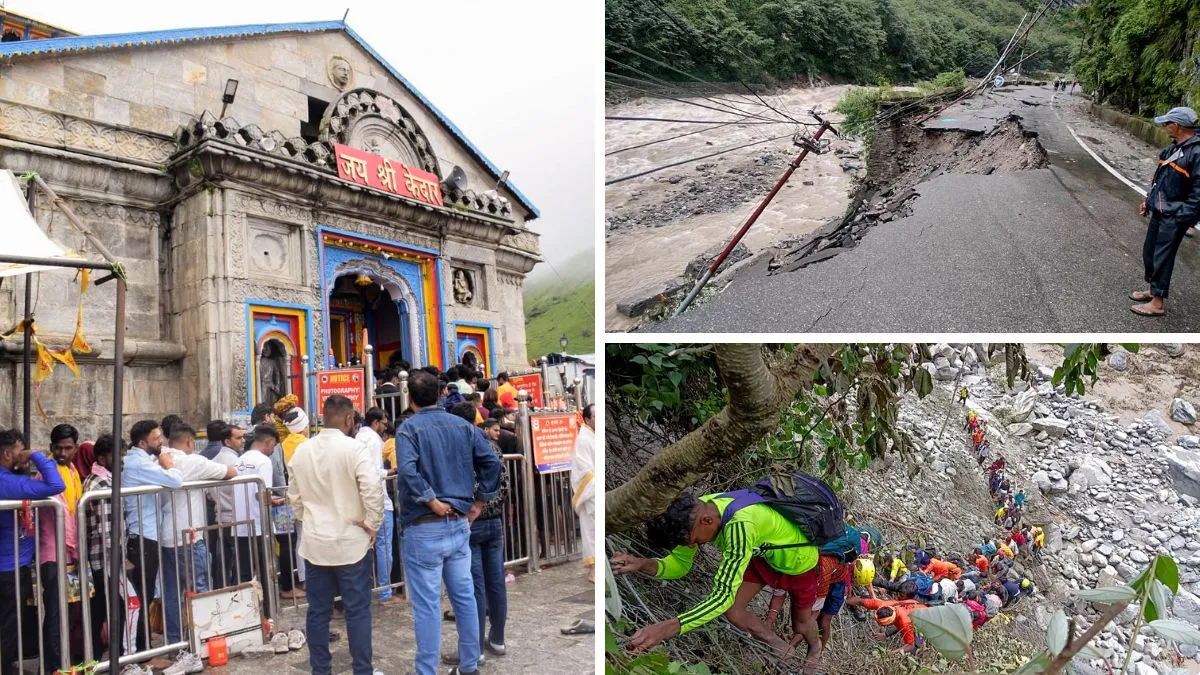
Rescue Operations and Challenges
- Initial Rescue Efforts
The disaster unfolded rapidly, leading to chaos as pilgrims found themselves stranded amid the treacherous conditions. The exact number of individuals missing is still uncertain, as rescue teams tirelessly work to locate and assist those affected.
By August 2, the rescue efforts had managed to save a total of 7,234 people. The numbers continued to rise, with an additional 1,865 individuals rescued on August 3, culminating in a total of 9,099 by that date. By the afternoon of August 4, the tally had increased to 10,374.
In response to the disaster, the Indian Army launched a search operation for those reported missing, deploying two sniffer dogs to assist in locating individuals near Lincholi along the pilgrimage route. Reports indicate that many pilgrims may have fled into the surrounding forests to escape the immediate dangers of the rainfall, heightening concerns about their safety and the potential for them to become lost.
- Air and Ground Rescue Efforts
The Indian Air Force contributed to the rescue efforts by deploying a Chinook and a Mi-17 helicopter, alongside five additional helicopters, to airlift stranded individuals. However, adverse weather conditions significantly hampered these air rescue missions, making ground operations equally challenging.
A large contingent of rescue personnel has been mobilized, including:
-
83 National Disaster Response Force (NDRF) personnel
-
168 State Disaster Response Force (SDRF) personnel
-
126 police officers
-
35 fire brigade personnel
-
35 Aapda Mitras (disaster management volunteers)
Despite the treacherous terrain and harsh conditions, teams from the SDRF and Uttarakhand Police displayed commendable bravery, successfully rescuing two individuals who had become lost in the forests while returning from the Kedarnath shrine.
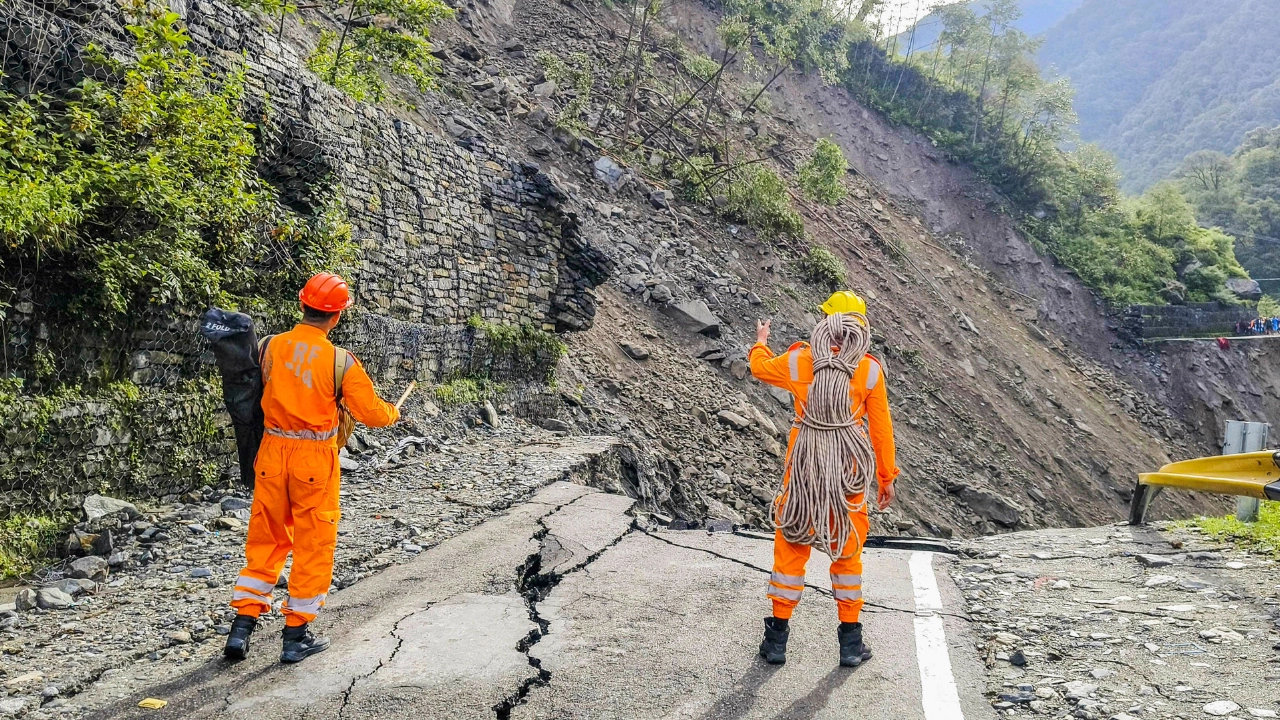
Government Monitoring and Response
Uttarakhand's Chief Minister Pushkar Singh Dhami has been in communication with Prime Minister Narendra Modi and Union Home Minister Amit Shah, who are closely monitoring the unfolding situation. Anil Baluni, a member of Parliament from Garhwal, conducted an aerial survey of the affected area to assess the damage and coordinate further rescue efforts.
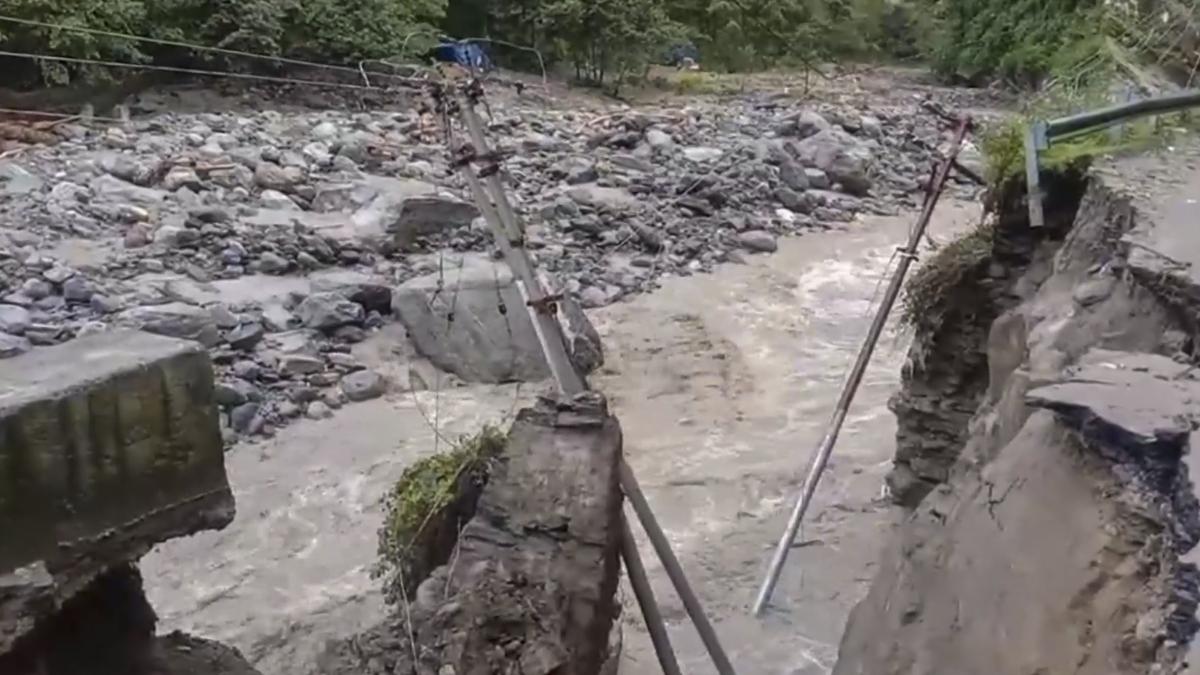
Noteworthy Rescue Operations
- Notable Rescues by SDRF
One remarkable rescue operation involved the SDRF and Uttarakhand Police, who saved 11 stranded pilgrims near Triyuginarayan. Following a late-night report from the Sonprayag police station, a team was dispatched to locate the lost individuals, who were trapped in a dense forest with dwindling food and water supplies. SDRF Commander Manikant Mishra led a team that trekked 13 kilometers through challenging terrain, ultimately reaching the banks of the Son River. Although nine of the eleven lost pilgrims were rescued, the fate of the remaining two remains unknown.
- Rescuing Two Youths from Delhi
Among the stranded individuals were two young men from Delhi, Ankit Mandal (22) and Sunil Singh (15), who embarked on their first pilgrimage to Kedarnath. Their journey turned perilous when they unknowingly took an unfamiliar route from Gaurikund to Sonprayag during the cloudburst.
Ankit recounted, “We reached the temple on Tuesday and started getting back the next day. We were in Bheem Bali on Wednesday night when the landslides occurred.”
➤Challenges Faced During the Ordeal
Following the cloudburst, the two found themselves isolated and trapped after following local advice along an alternate route. As conditions deteriorated, they ended up huddling under a rock near the swollen Son Ganga River, struggling against hunger, cold, and despair. With their phone batteries dead, they were left without any means of communication.
➤Successful Drone-Assisted Rescue
The SDRF, aided by local villagers, launched a search operation using drones to locate Ankit and Sunil. Their efforts paid off when one of the youths spotted the drone and climbed to a higher vantage point, shouting for help. Despite the dangers posed by the raging river, the SDRF executed a rope rescue to bring them to safety, successfully navigating the challenging conditions.
Lessons Learned and Future Considerations
As the rescue operations continue, questions arise about the preparedness and response measures in place for such disasters.
- The Pilgrim Registration System
Prior to the disaster, the state government had implemented a registration system for pilgrims visiting all four Dhams (Kedarnath, Badrinath, Gangotri, and Yamunotri). Travel was allowed only after proper registration; however, the effectiveness of this system came into question when reports emerged of 200-300 people being present around the Dham as of August 1, a figure that skyrocketed to over 7,000 by the evening of August 2.
Despite the dangers, local authorities allowed the yatra to continue into the night, a stark contrast to previous practices where pilgrims were halted earlier in the day. The Rudraprayag administration labeled reports of missing persons as ‘misleading,’ although confirmed fatalities have been reported across the state.
- Ignoring Meteorological Warnings
Concerns have also been raised regarding the administration’s response to warnings issued by the India Meteorological Department about potential heavy rains leading up to the disaster. A red alert was issued for July 31, yet the yatra proceeded as planned. Observers are questioning whether travel restrictions should be implemented in similar situations, akin to the closures of schools during severe weather warnings.
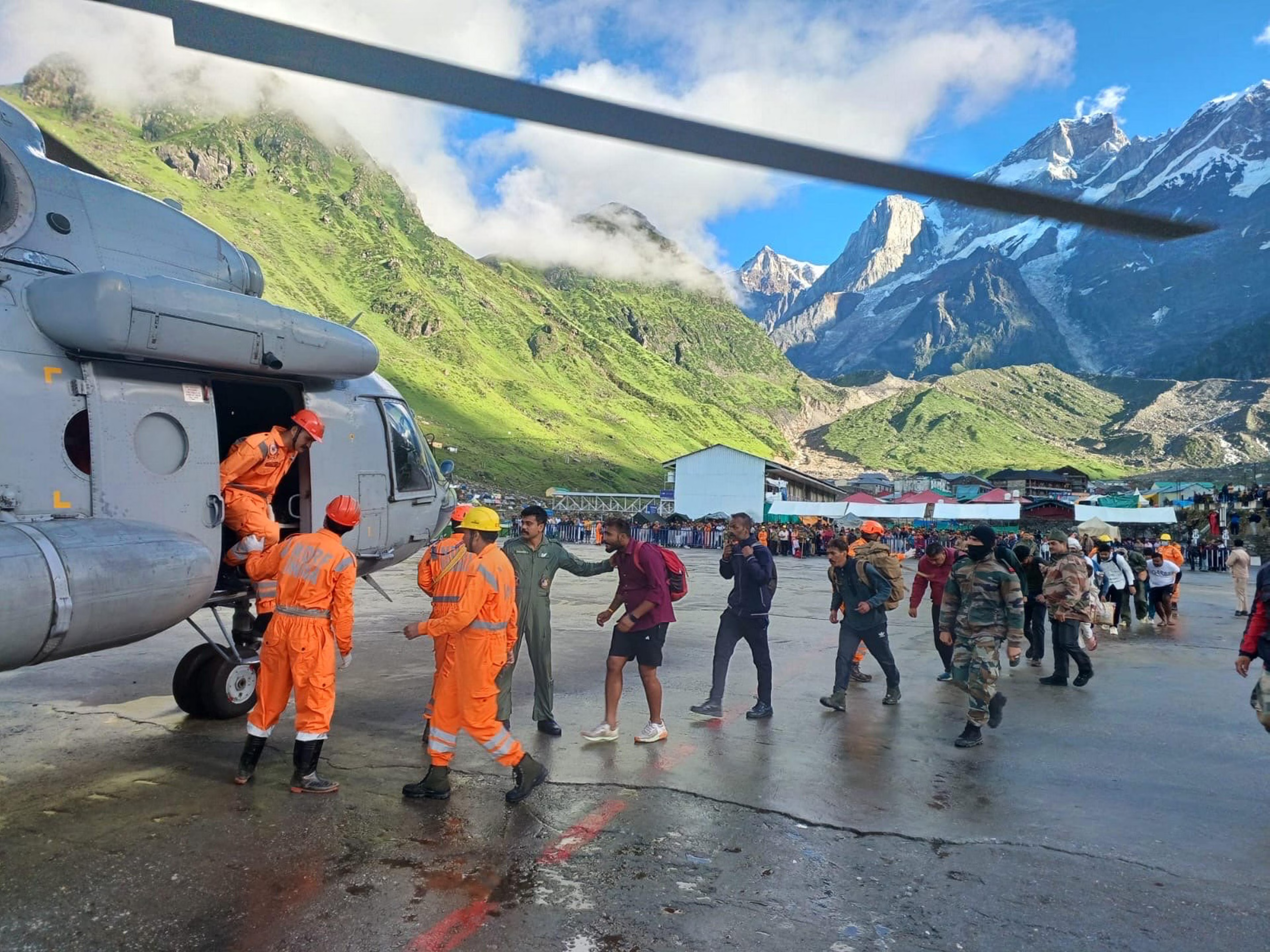
The recent disaster in Kedarnath serves as a grim reminder of the vulnerabilities faced by both pilgrims and the local population in the face of increasing extreme weather events, likely exacerbated by climate change. Moving forward, a reevaluation of travel practices, improved safety measures, and better communication of risks will be crucial in ensuring the safety of those who undertake this sacred pilgrimage.
With inputs from agencies
Image Source: Multiple agencies
© Copyright 2024. All Rights Reserved Powered by Vygr Media.

